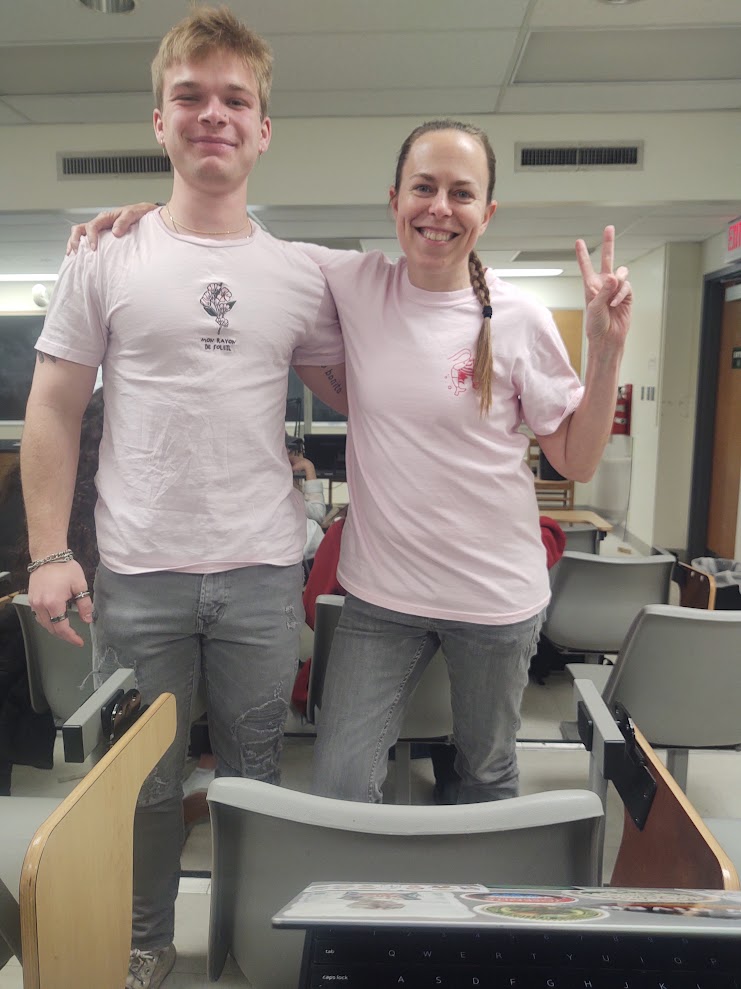Overdose mapping program to be introduced to Huntington community to combat opioid epidemic
October 2, 2017
Government officials will present an overview of the new Overdose Detection Mapping Application Program (ODMAP) Thursday in room BE5 of the Memorial Student Center, to help combat the opioid epidemic in West Virginia.
The presenting officials are Jeff Beeson, deputy director with the Washington Office of High Intensity Drug Trafficking Agency (HIDTA), Dr. Rahul Gupta, commissioner for the Bureau of Public Health and state health officer, and Chad Napier, the prevention coordinator for Appalachian HIDTA.
The ODMAP is a tool that will provide real-time overdose surveillance data to support public safety and health efforts. The program will do so by linking first responders to a mapping tool application (app) that can track overdoses to stimulate real-time response and strategic analysis across jurisdictions.
The app additionally helps to identify spikes in overdoses and determine the best immediate response. No personal identifying information will be collected on the victim or location.
Beeson said many states throughout the country have lacked a consistent method to track both fatal and non-fatal overdoses.
“The rate of fatal overdoses continues to increase at an alarming rate, climbing by 19 percent from 2015 to 2016 and remaining the leading cause of death for people under the age of 50,” Beeson said. “We must alter the way we look at responding to the nation’s drug threat and begin treating it like an infectious disease. The ODMAP is a tool that links our public health and safety resources through data to maximize our resources in combatting this epidemic.”
Gupta said pilot phases with multiple counties and states have shown that the app is effective in tracking fatal and non-fatal overdoses and spikes.
“ODMAP will provide important and relevant data that can be used by law enforcement and public health officials to help identify specific communities and neighborhoods that are at increased risk of overdose deaths or overdose outbreaks,” Gupta said.
Gupta also said the pilot phases with multiple counties and states have shown that the application is effective in tracking fatal and non-fatal overdoses and spikes.
“We look forward to bringing this tool to more counties in West Virginia,” Gupta said.
Amy Saunders, director of student health education programs at Marshall University, said she hopes the app will prove to be an effective solution to a growing problem.
“Nationally, over 64,000 overdose deaths were reported in 2016, according to the National Institute of Drug Abuse (NDA),” Saunders said. “Preliminary data from 2017 shows that these numbers are continuing to climb as the nation tries to find effective solutions to address the crisis.”
Saunders said elected officials, local law enforcement agencies, first responders and other public health agencies are encouraged to attend the presentation.
Hunter Ellis can be contacted at [email protected].














